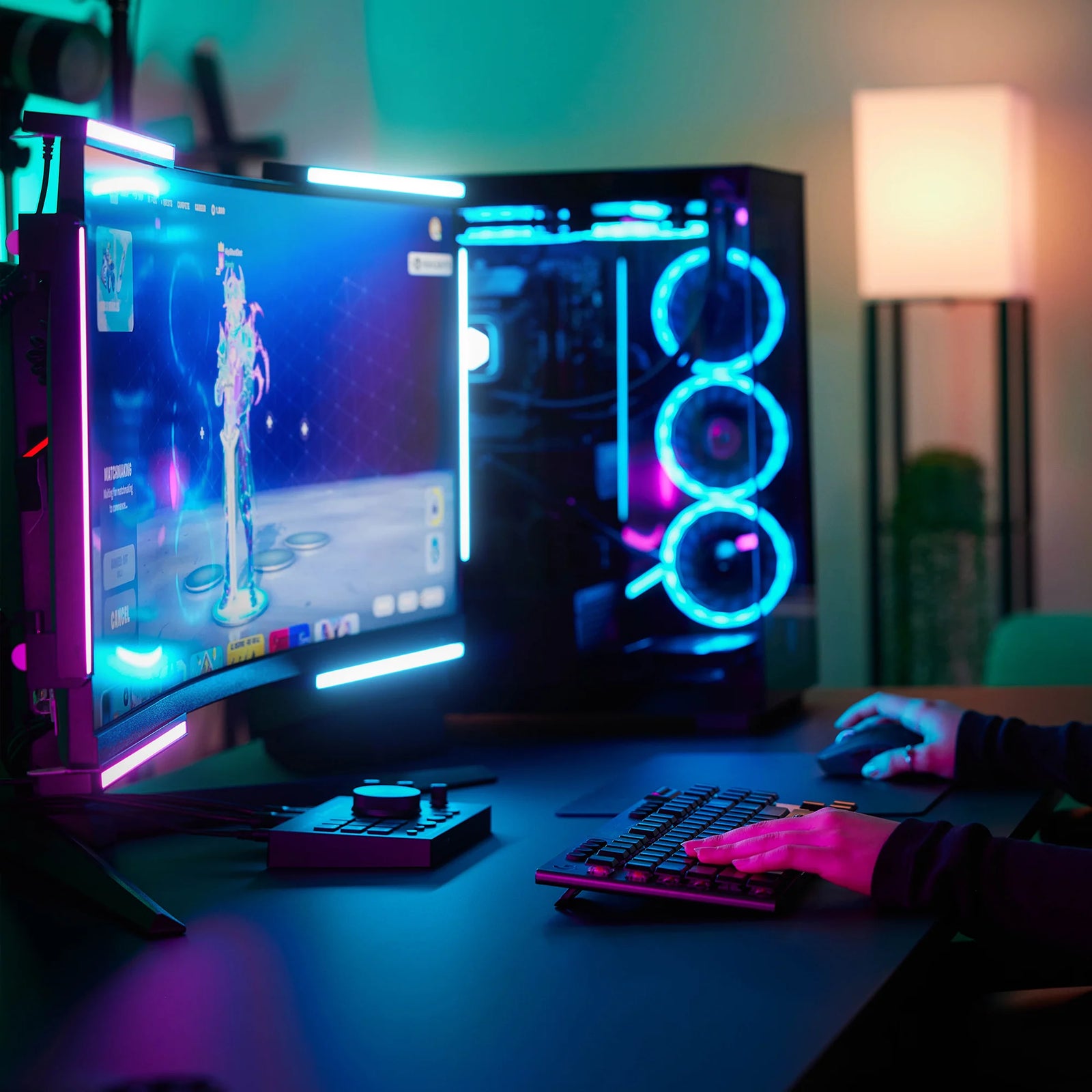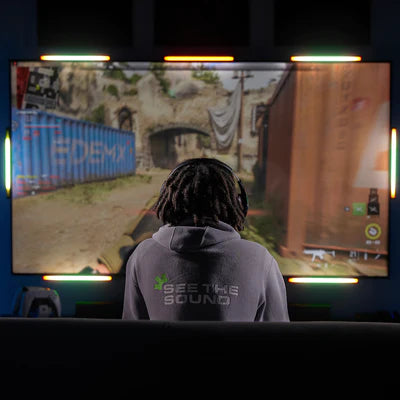PUBG has an excellent sound testing area on the training map, in which I did a short study. Called Sound Lab, the goal is to listen for gunfire and shoot the target closest to where the sound comes from. You have 60 seconds to accumulate as many points as possible.


We conducted the test in four different ways, each repeated ten times:
- No sound: This simulates a scenario where the gamer is deaf or no sound is generally available.
- Headset: We used only Astro A40s at total volume.
- No sound + Audio Radar: This simulates an entirely deaf gamer who relies solely on Audio Radar.
- Headset (Astro A40) + Audio Radar: This simulates a gamer with full hearing who uses both a headset and an Audio Radar combined.
Now let's look at the results, along with some stats.
- No sound
In the first scenario, I played with no sound. With no sound, all I could do was shoot at random. Playing in this manner would make many games significantly more difficult. As you can imagine, the scores were pretty low. The average score across the 10 tests was 38.8, the lowest being 10, and the highest at 58.

2. Headset (Astro A40)
In the second test, I used only a surround-sound headset. This is what most full-hearing gamers would use. While testing this method, some gunshots were more difficult to pinpoint than others. For example, the M24 would shoot a single shot and then echo for a short duration. Most scores were as expected when using a headset. The average score was 127.7, with the lowest being 74 and the highest at 168.

3. No Sound + Audio Radar:
In the third test, I only used Audio Radar. Using the Radar, identifying where shots were coming from felt more accurate. I could even determine where sounds were faster than I could with surround-sound headphones. Despite previously using a surround-sound headset, Audio Radar enabled me to react faster and more accurately with surround vision. The average score was 142.6, with a low of 121 and a high of 167. Compared to the average score for just using headphones, there was an 11.7% increase.

4. Headset + Audio Radar:
In the fourth and final test, I combined both the Radar and Headset. Utilizing the surround sound headset and the Audio Radar provides the best and most surprising results. While playing, detecting directional sounds was more accurate than ever, and I rarely needed to second-guess myself. I could also significantly reduce the volume, as I didn’t need to rely entirely on hearing alone. Having two different ways to detect sound was advantageous, with an average score of 187.7, a low of 167, and a high of 214. This setup provided a 47.0% performance boost over using headphones alone, which was surprising.

One thing to remember is that Sound Lab is a controlled environment. In actual gameplay, many variables can affect how the Radar reacts to sound and the environment. Some games and scenarios can look very different. Regardless, this study shows that Audio Radar provides an advantage no matter how you play.
Here is the data:





